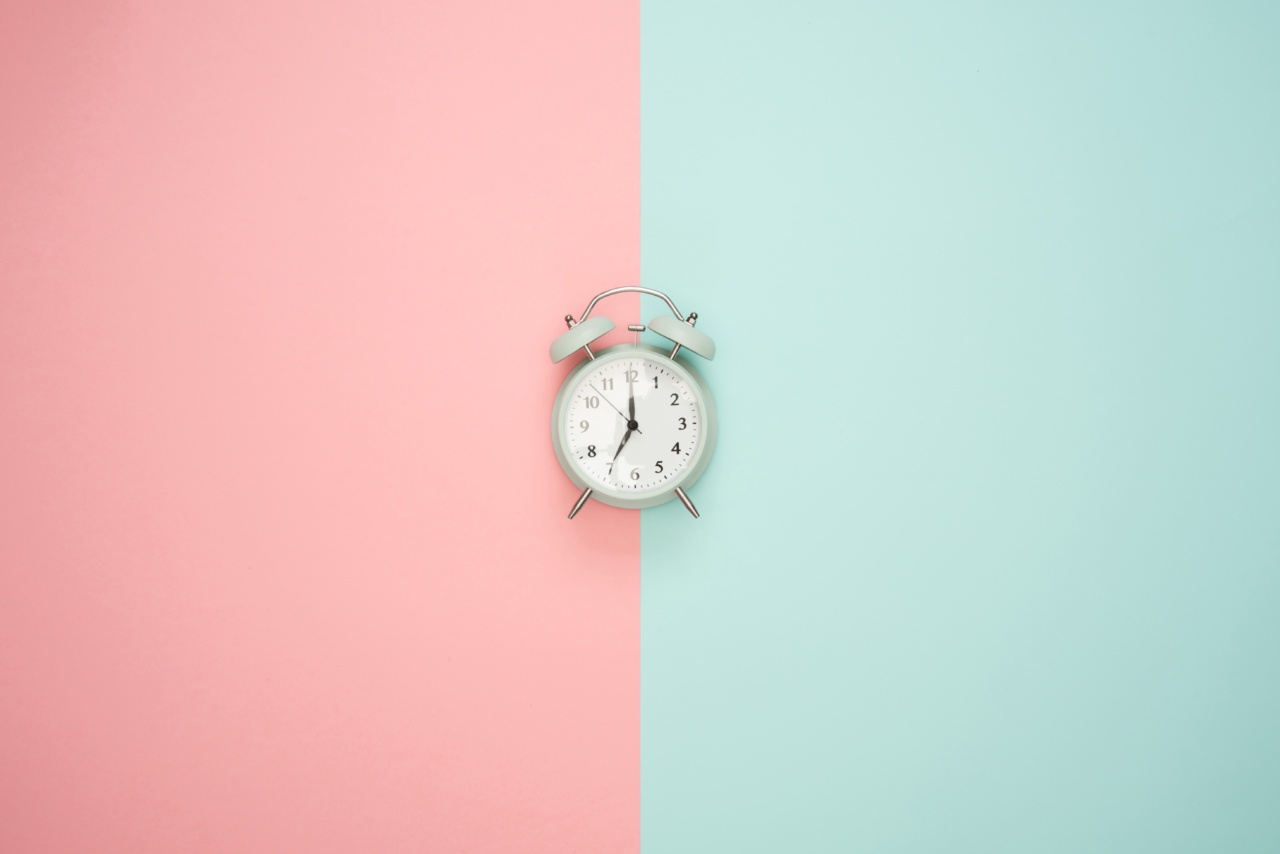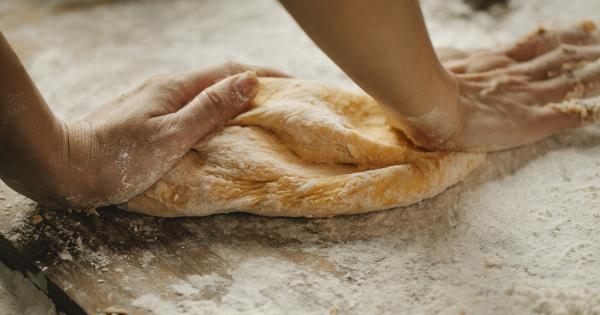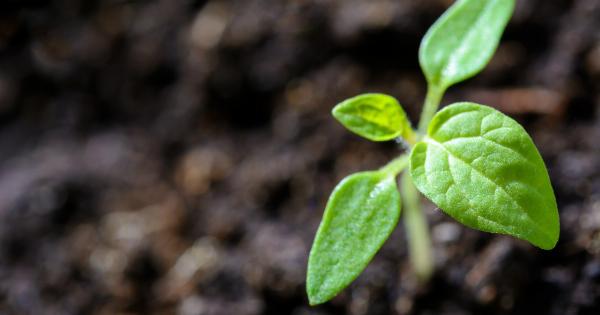Acetone is a colorless, flammable liquid with a sweet smell. It is a powerful solvent commonly used in the manufacturing industry for paint thinners, plastics, and synthetic fibers.
Acetone can also be used as a cleaning agent for removing nail polish, grime, and paint stains. Acetone is a volatile substance, meaning it evaporates quickly, and is toxic when inhaled or ingested in large quantities.
Why make your own acetone?
Commercial acetone is readily available at most hardware stores and supermarkets. However, making your own acetone can be a cheaper and more environmentally friendly option.
Homemade acetone can also be customized to suit your needs, such as making it stronger or weaker depending on the task at hand. Additionally, by making your own acetone, you can avoid harmful chemicals used in commercial production.
What you will need:
- 100 grams of calcium carbonate
- 200 milliliters of acetate acid
- 500 milliliters of distilled water
- Large glass jar with a lid
- Cheesecloth or coffee filter
- Funnel
Step-by-step instructions:
- Combine 100 grams of calcium carbonate and 200 milliliters of acetate acid in a large glass jar.
- Stir the mixture until the calcium carbonate dissolves completely.
- Add 500 milliliters of distilled water to the jar and stir well.
- Seal the jar with a lid and let it sit undisturbed for 30 minutes.
- After 30 minutes, you will see two distinct layers in the jar.
- Using a funnel and cheesecloth or coffee filter, carefully pour the clear liquid on top into a clean glass jar or container. (Discard the white sludge at the bottom of the jar.)
- You now have homemade acetone. Store the container in a cool, dry place away from heat sources and open flames.
- Use as needed for cleaning or other applications.
Safety precautions:
Acetone is flammable and toxic when inhaled or ingested in large quantities. When making your own acetone, be sure to work in a well-ventilated area and avoid breathing in the fumes. Wear protective gloves and eyewear as a safety measure.
Keep any open flames away from the acetone and store it in a cool, dry place out of reach of children.
Conclusion:
Making your own acetone can be a fun and cost-effective project to tackle at home.
Follow the instructions outlined above, take necessary safety precautions, and store your homemade acetone in a cool, dry place, and you’ll be ready to tackle any cleaning or DIY project that comes your way.






























